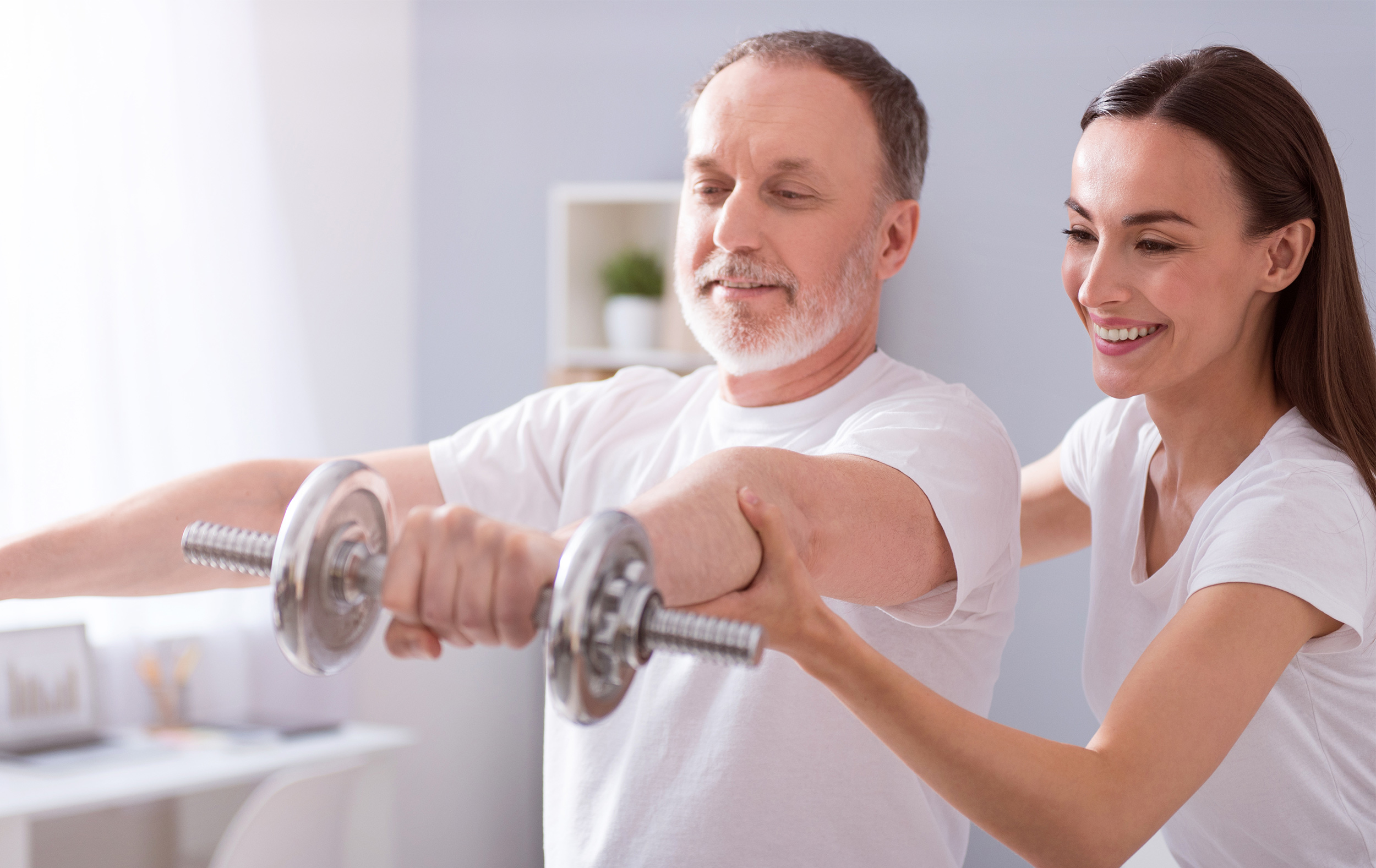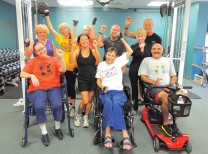The COVID-19 pandemic has left no one unaffected. As of April 15, 2021, there have been over 31,200,000 cases in the United States1. The good news is many metrics, including the rate of vaccination, are improving in the US1. However, we will feel the lingering effects of the pandemic for a long while. Many who contracted the virus will deal with post-COVID syndrome, and the year-plus lock down in an attempt to slow the spread has had its own consequences. Deconditioning in the general public and many athletes returning to sport without proper time to prepare their bodies leads to injury and loss of function.
Post-COVID syndrome is an umbrella term that accounts for symptoms experienced for greater than 12 weeks after infection in some individuals2. Lingering symptoms may occur including general deconditioning, loss of appetite, pain, fatigue, delirium, muscle wasting, decreased endurance and depression.3
So how do you safely return to getting back in shape? After being cleared by your physician to return to activity, graded exposure to aerobic activity is crucial. Walking is an ideal place to start with the goal of progressing to 30-60 minutes (with rest breaks) per day for five to seven days per week at moderate intensity3. The American Physical Therapy Association has been establishing guidelines for return function after COVID, and a qualified practitioner can be beneficial in helping individuals meet their goals.
Many will deal with deconditioning even without a COVID infection. Over this past year, the increased sedentary lifestyle has led to reduced mobility, muscle weakness, joint pain and weight gain in many4. One in four older adults reports they are unable to walk the same distance they were prior to the pandemic3. This physical deconditioning can have a compounding effect with emotional tolls and cognitive decline. It has led to many dementia patients becoming more demotivated, socially disengaged and frailer5.
The pandemic has led to several new conditions as well, including “lock-down syndrome,” the loss of confidence in one’s function leading to an avoidance of exercise5. If you are still concerned about leaving your home, one place to start on your return to physical activity is via telehealth. Telehealth with a movement expert has been shown to improve exercise competence and adherence to a program5. It also provides social opportunity and motivation outside the immediate family.
Seniors are not the only group affected by the lockdown. The Bundesliga professional soccer league in Germany demonstrated a three times greater rate of serious injury with the return to play6. The effects of detraining became apparent in as little as four weeks, with the size of muscles being greatly decreased6 and predispose many athletes to injury.
Whether your goal is to return to daily walks, recreational pickleball or professional sports, finding a graded return must be the cornerstone of your progress. Take it slowly and know that there are professionals who can safely help you achieve your goals.
Vince Kambe is a doctor of physical therapy, a certified orthopedic specialist and director of Movement for Life Physical Therapy. He can be reached at [email protected] or (760) 347.6195.
References:
1) https://covid.cdc.gov/covid-data-tracker/#datatracker-home. Accessed 4/15/2021.;
2) https://www.nice.org.uk/guidance/ng188. Published December 18, 2020.;
3) PACER Series for Outpatient PT. APTA Learning Center. https://learningcenter.apta.org;
4) https://cnpea.ca/images/the-impact-of-covid-19-on-older-people_age-uk.pdf. Published 2020.;
5) https://www.medrxiv.org/content/10.1101/2020.11.16.20231100v1. Published January 1, 2021;
6) https://www.frontiersin.org/articles/10.3389/fspor.2021.604226/full. Published February 1, 2021
















































Comments (0)